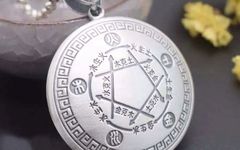
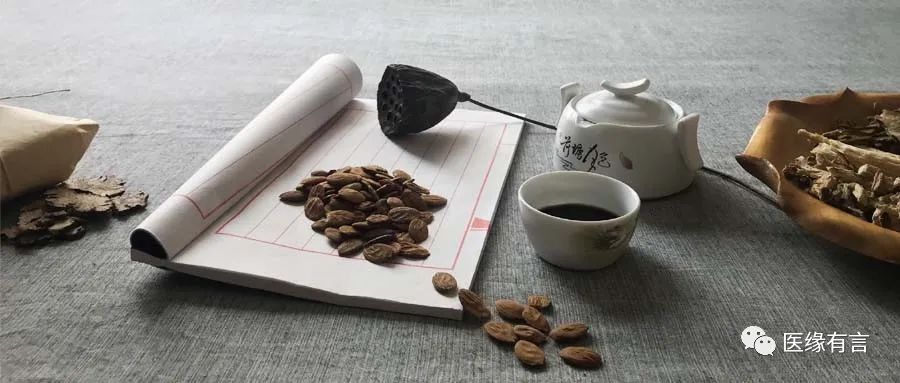
Author| Anonymous Editor| Zichu
Introduction to the Five Elements and Six Excesses
What are the “Five Elements”?
The Five Elements refer to the five categories of properties—Metal, Wood, Water, Fire, and Earth—used by ancient Chinese people to differentiate all things in the world, serving as a philosophical method to understand, grasp, and transform the world.
What are the “Six Qi”?
The Six Qi refers to the six types of climatic changes in nature: Wind, Cold, Heat, Dampness, Dryness, and Fire, which are the conditions for the growth and change of all things and the survival of humanity.
What are the “Six Excesses”?
The Six Excesses, also known as “Six Evils” or “Six Thieves,” refer to the six external pathogenic factors caused by excessive Six Qi or the weakness of the body’s righteous Qi, which cannot adapt to the changes in Six Qi, resulting in diseases caused by Wind, Cold, Heat, Dampness, Dryness, and Fire.
What does “Using the Five Elements to Understand the Six Excesses” mean?
“Using the Five Elements to Understand the Six Excesses” is a method of categorizing the Six Excesses according to the Five Elements, thereby understanding the nature of the external pathogenic Six Evils, which helps in further understanding the characteristics of diseases caused by the Six Excesses and how to address these issues. Understanding the Five ElementsThe Five Elements is a materialist philosophical method used by ancient Chinese people to understand, utilize, and transform the objective world. They categorized all things in the world using the five natural materials: Metal, Wood, Water, Fire, and Earth, and established relationships through the five interactions of overcoming and generating: Metal overcomes Wood, Wood overcomes Earth, Earth overcomes Water, Water overcomes Fire, and Fire overcomes Metal, as well as the generative relationships: Metal generates Water, Water generates Wood, Wood generates Fire, Fire generates Earth, and Earth generates Metal.
Understanding the Five ElementsThe Five Elements is a materialist philosophical method used by ancient Chinese people to understand, utilize, and transform the objective world. They categorized all things in the world using the five natural materials: Metal, Wood, Water, Fire, and Earth, and established relationships through the five interactions of overcoming and generating: Metal overcomes Wood, Wood overcomes Earth, Earth overcomes Water, Water overcomes Fire, and Fire overcomes Metal, as well as the generative relationships: Metal generates Water, Water generates Wood, Wood generates Fire, Fire generates Earth, and Earth generates Metal.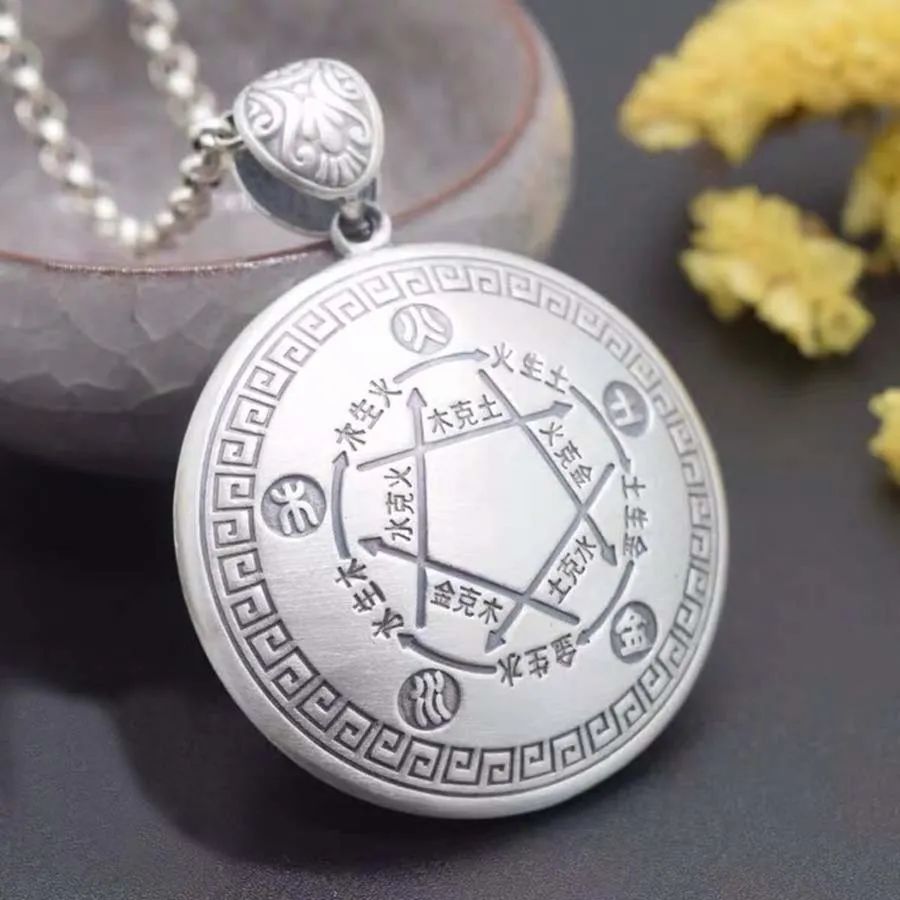 This method is considered by modern philosophers as a form of mutual materialism. Although it is seen as simplistic today and has become a marginal study rather than a mainstream one, it is still widely used in traditional cultural fields such as TCM, Feng Shui, and divination, though the general public’s understanding and use of it have diminished.In fact, the Five Elements is a remarkable study that can guide various aspects of our social life, and we should not overlook its greatness simply because we do not understand it.Today, the application of the Five Elements is more commonly seen in the field of divination. Divination was a method used by ancient Chinese people to assist in decision-making during times when information was scarce. For example, in ancient times, when foreign tribes invaded and information was insufficient, tribal leaders would use the method of burning turtle shells to divine the outcome of battles based on the shapes of the cracks that formed.Before the liberation, there were many bandits in the Northeast, also known as “Huzi”. There was an old man in our village who had been a bandit before the liberation. I heard him say that if government troops came to encircle the bandits, the bandit leader would ask the military advisor to divine which direction to attack to break through the encirclement. Because he had a good relationship with the military advisor, he learned the art of divination. After heavy summer rains, farmers often lost their chickens and ducks, so they frequently sought him out for divination. I often saw him counting on his fingers, mumbling, “Zi, Chou, Yin, Mao…”, “Wood overcomes Earth, Earth overcomes Water…”, and then he would say, “This chicken is hiding from the rain and will return home tomorrow morning.” Or he would say, “This chicken was taken by a wildcat and won’t come back.” Sometimes he was accurate, sometimes not, but the old farmers always remembered his kindness, bringing him wine or inviting him to dinner during festivals, and then he would recount how he learned the skill of divination.In fact, in ancient society, Yin-Yang and the Five Elements could guide almost all aspects of life for the ancient Chinese, not just divination.For instance, the management system and employment standards of the state were also based on Yin-Yang and the Five Elements. The three provinces and six ministries established since the Sui Dynasty embodied the principles of the Five Elements. However, today, people’s understanding of the Five Elements is limited to just the five materials or is dismissed as superstition.
This method is considered by modern philosophers as a form of mutual materialism. Although it is seen as simplistic today and has become a marginal study rather than a mainstream one, it is still widely used in traditional cultural fields such as TCM, Feng Shui, and divination, though the general public’s understanding and use of it have diminished.In fact, the Five Elements is a remarkable study that can guide various aspects of our social life, and we should not overlook its greatness simply because we do not understand it.Today, the application of the Five Elements is more commonly seen in the field of divination. Divination was a method used by ancient Chinese people to assist in decision-making during times when information was scarce. For example, in ancient times, when foreign tribes invaded and information was insufficient, tribal leaders would use the method of burning turtle shells to divine the outcome of battles based on the shapes of the cracks that formed.Before the liberation, there were many bandits in the Northeast, also known as “Huzi”. There was an old man in our village who had been a bandit before the liberation. I heard him say that if government troops came to encircle the bandits, the bandit leader would ask the military advisor to divine which direction to attack to break through the encirclement. Because he had a good relationship with the military advisor, he learned the art of divination. After heavy summer rains, farmers often lost their chickens and ducks, so they frequently sought him out for divination. I often saw him counting on his fingers, mumbling, “Zi, Chou, Yin, Mao…”, “Wood overcomes Earth, Earth overcomes Water…”, and then he would say, “This chicken is hiding from the rain and will return home tomorrow morning.” Or he would say, “This chicken was taken by a wildcat and won’t come back.” Sometimes he was accurate, sometimes not, but the old farmers always remembered his kindness, bringing him wine or inviting him to dinner during festivals, and then he would recount how he learned the skill of divination.In fact, in ancient society, Yin-Yang and the Five Elements could guide almost all aspects of life for the ancient Chinese, not just divination.For instance, the management system and employment standards of the state were also based on Yin-Yang and the Five Elements. The three provinces and six ministries established since the Sui Dynasty embodied the principles of the Five Elements. However, today, people’s understanding of the Five Elements is limited to just the five materials or is dismissed as superstition.
Once, someone asked me what kind of work he should do that has a Wood nature, as a diviner told him. Most people might say it should be carpentry or furniture-making, and papermaking should also count, as these involve wood and grass. Others, after hearing a Feng Shui master say that their home lacked Wood in the Five Elements, went to the mountains to find a large wooden stick to hang on the wall to remedy this deficiency.
In today’s society, the understanding of the Five Elements has reached this point, where people completely associate it with fortune-telling, divination, and Feng Shui, and their understanding is limited to just these five materials. I do not reject these studies that combine philosophy and mathematics; skilled practitioners can glean many insights from them, but many people often fail to grasp the deeper meanings. What are the Six Excesses?Traditional Chinese Medicine (TCM) has successfully integrated the theory of the Five Elements into medical practice, guiding physicians in clinical practice.So how does TCM apply this? What is the relationship between the Five Elements and the Six Excesses? What do we mean by Six Excesses?First, let’s explore the concept of “Thief”.What is a Thief?In ancient Chinese, it means destruction, and later it was extended to refer to “those who betray the interests of the state.” There is a saying among the common people: “Without internal thieves, external enemies cannot invade.”When a country is in turmoil or invaded by external enemies, it is usually due to internal traitors colluding with external forces to invade the country. This issue is common in Chinese history; almost every foreign war has been caused by internal treachery colluding with foreign invaders. Foreign invaders typically gather intelligence and have internal traitors assisting them before invading China.
What are the Six Excesses?Traditional Chinese Medicine (TCM) has successfully integrated the theory of the Five Elements into medical practice, guiding physicians in clinical practice.So how does TCM apply this? What is the relationship between the Five Elements and the Six Excesses? What do we mean by Six Excesses?First, let’s explore the concept of “Thief”.What is a Thief?In ancient Chinese, it means destruction, and later it was extended to refer to “those who betray the interests of the state.” There is a saying among the common people: “Without internal thieves, external enemies cannot invade.”When a country is in turmoil or invaded by external enemies, it is usually due to internal traitors colluding with external forces to invade the country. This issue is common in Chinese history; almost every foreign war has been caused by internal treachery colluding with foreign invaders. Foreign invaders typically gather intelligence and have internal traitors assisting them before invading China.
A Thief
A Thief is not born a Thief; they are originally part of the state. It is only due to changes in the internal and external environment that they may become Thieves. For example, during the wars between the Song and Liao, Jin dynasties, literary figures often labeled certain individuals as Thieves. For instance, Pan Renmei in “The Generals of the Yang Family” is referred to as “Old Thief Pan Renmei,” while Zhang Bangchang and Qin Hui in “The Legend of Yue Fei” are representatives of “Old Thieves.” Of course, this is a literary technique, and historically, these figures may not be so simply categorized; I use this example to illustrate the meaning of the term “Thief.”
 In terms of the body, the human body should align with the six natural righteous Qi: Wind, Cold, Heat, Dampness, Dryness, and Fire.
In terms of the body, the human body should align with the six natural righteous Qi: Wind, Cold, Heat, Dampness, Dryness, and Fire.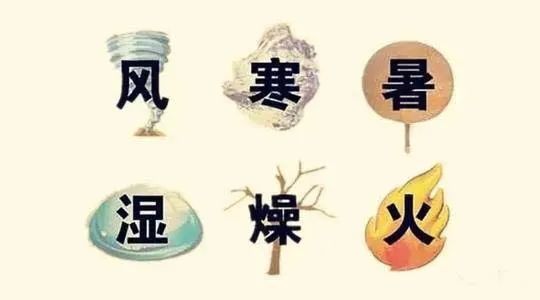
Wind
Wind refers to the driving force that encourages the body to generate positively.
Cold
Cold is the restraining force that keeps this driving force in check.
Heat
Heat is the growth force that sustains this generative ability.
Dampness
Dampness is the adhesive force that ensures growth occurs.
Dryness
Dryness is the controlling force that prevents excessive growth.
Fire
Fire is the source of continuous energy for the body.
These six abilities are inherent to the human body and correspond to the properties of the Six Qi in nature. When the attributes of Wind, Cold, Heat, Dampness, Dryness, and Fire are excessive or deficient, or when the body’s righteous Qi is weak, it can lead to changes in the body.When learning ancient Chinese, a trick is to look at similar characters to understand their meanings, which can help grasp the general idea of a character. For example, the characters 霪 (yín) and 婬 (yín) both have the phonetic component “㸒 (yín)” which means “excessive greed,” so when combined with their radicals, their meanings become clearer. For instance, in the “Yueyang Tower Record,” it states, “If the rain is excessive and continuous for a month, with angry winds howling and muddy waves filling the sky.” The character 霪 refers to excessive rain; the character 婬 refers to excessive sexual activity; and the character 淫 refers to flooding rivers, indicating excess.
For instance, in the “Yueyang Tower Record,” it states, “If the rain is excessive and continuous for a month, with angry winds howling and muddy waves filling the sky.” The character 霪 refers to excessive rain; the character 婬 refers to excessive sexual activity; and the character 淫 refers to flooding rivers, indicating excess.
The Six Excesses refer to the six Qi: Wind, Cold, Heat, Dampness, Dryness, and Fire, which are excessive. They are also known as Six Evils or Six Thieves.In TCM, the term “evil” does not refer to demons or monsters but rather to diseases caused by excessive Six Qi, which we refer to as external pathogenic diseases.In Zhang Zhongjing’s “Treatise on Febrile Diseases,” it was divided into two books during the Song Dynasty: “Treatise on Febrile Diseases” and “Essentials from the Golden Chamber.”“Treatise on Febrile Diseases” discusses the treatment of external pathogenic diseases caused by the Six Excesses, while “Essentials from the Golden Chamber” addresses the treatment of internal injuries and miscellaneous diseases. Both books are classic texts in TCM and are essential reading for studying TCM. Of course, while “Treatise on Febrile Diseases” focuses on treating external pathogenic diseases, it does not mean it can only address cold-related issues; it also provides solutions for a series of problems arising from colds.Therefore, the late febrile disease expert Liu Duzhou proposed that “Treatise on Febrile Diseases” can address 70% of human diseases, while the remaining 30% is addressed by “Essentials from the Golden Chamber.” Historically, many skilled practitioners have been able to resolve the vast majority of diseases using the formulas from these two books.
Of course, while “Treatise on Febrile Diseases” focuses on treating external pathogenic diseases, it does not mean it can only address cold-related issues; it also provides solutions for a series of problems arising from colds.Therefore, the late febrile disease expert Liu Duzhou proposed that “Treatise on Febrile Diseases” can address 70% of human diseases, while the remaining 30% is addressed by “Essentials from the Golden Chamber.” Historically, many skilled practitioners have been able to resolve the vast majority of diseases using the formulas from these two books.
The Six Excesses (Six Evils, Six Thieves) are the six pathogenic factors of external diseases. So how do we categorize the Six Excesses using the Five Elements? We will explore this in our next discussion.

 Approaching Traditional Chinese Medicine,appreciating TCM culture,learning TCM thinking,and applying TCM methods.
Approaching Traditional Chinese Medicine,appreciating TCM culture,learning TCM thinking,and applying TCM methods.
Appreciating Traditional Culture
Wisdom for a Healthy Life
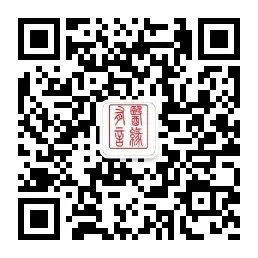
Long press the QR code to follow

